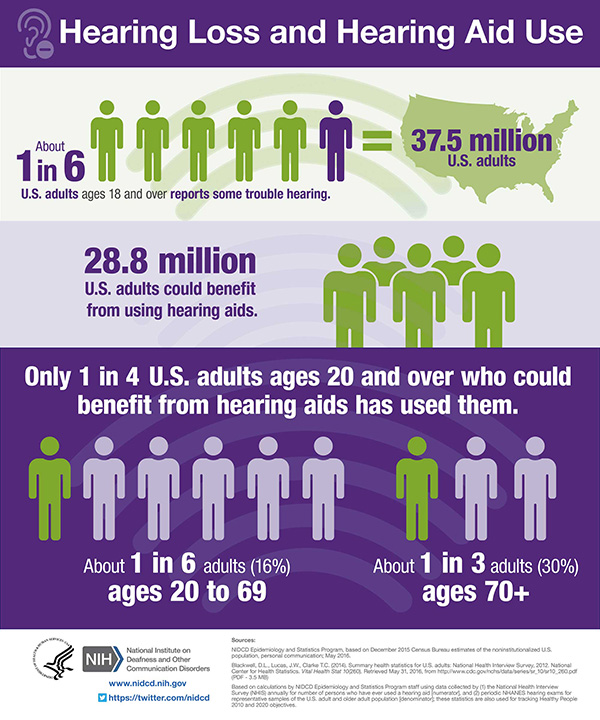Dyslexia Tutoring: Approaches And Methods For Efficient Discovering
Dyslexia Tutoring: Approaches And Methods For Efficient Discovering
Blog Article
Staff Writer-Solomon Bekker
If you're dealing with a pupil that has dyslexia, you understand just how critical it is to embrace the right techniques. Customizing your method to fit their distinct requirements can make a considerable distinction in their understanding journey. By incorporating multisensory techniques and organized literacy programs, you can help them build vital skills. But what details methods can you execute to genuinely cultivate their self-confidence and development? Allow's check out these efficient approaches together.
Comprehending Dyslexia and Its Impact on Knowing
Recognizing dyslexia is essential due to the fact that it affects exactly how people learn and refine info. If you or somebody you recognize has dyslexia, you'll notice challenges with analysis, punctuation, and composing. This isn't a reflection of intelligence; it's about exactly how the mind interprets language.
Click Link might battle with phonemic recognition, making it tough to link audios to letters. This can cause irritation and decreased self-esteem in academic environments. Identifying https://www.nature.com/articles/srep30848 is vital for creating encouraging discovering experiences.
You'll discover that early treatment and customized strategies can considerably enhance results. By comprehending the unique methods dyslexia effects discovering, you can foster a more inclusive atmosphere, helping those affected flourish and realize their full possibility.
Effective Coaching Methods for Dyslexic Trainees
Recognizing the obstacles dyslexic trainees encounter opens the door to efficient tutoring approaches that can make a real difference in their understanding trip.
First, utilize multisensory techniques; incorporate aesthetic, acoustic, and kinesthetic techniques to engage them completely. Integrate structured proficiency programs, focusing on phonics, phonemic awareness, and vocabulary.
Break down tasks right into smaller sized, convenient steps to stay clear of overwhelming them. Urge regular practice and rep, reinforcing understanding without stress. Use positive support to increase their confidence and motivation.
Tailor your approaches to their distinct strengths, and be patient as they advance. Last but not least, preserve open interaction with parents to sustain their discovering at home.
Creating a Supportive Understanding Environment
Creating a supportive understanding setting is important for aiding dyslexic students thrive. Begin by ensuring the area is quiet and free from interruptions, permitting them to focus totally on their tasks.
Usage flexible seating setups that promote comfort and involvement. Integrate aesthetic help and hands-on materials to reinforce discovering concepts, accommodating their distinct handling designs.
Encourage open interaction, so pupils feel risk-free revealing their battles and requesting for assistance. Commemorate their successes, no matter how tiny, to enhance their self-confidence.
Develop a regular to offer framework, which can reduce anxiety. Last but not least, foster partnership with peers, as social communication can boost understanding and give emotional support.
https://hectorqtxzc.ltfblog.com/32045776/choosing-the-very-best-dyslexia-tutoring-tips-for-parents-and-educators will develop a nurturing environment that promotes growth and strength.
Verdict
To conclude, efficiently coaching a dyslexic student needs a blend of understanding, tailored strategies, and a helpful atmosphere. By utilizing multisensory strategies and organized literacy programs, you can assist strengthen important skills and improve confidence. Remember to keep interaction open, break tasks into smaller sized steps, and celebrate progress, no matter just how little. With your commitment and the appropriate approach, you can make a considerable difference in their scholastic trip and general health.
